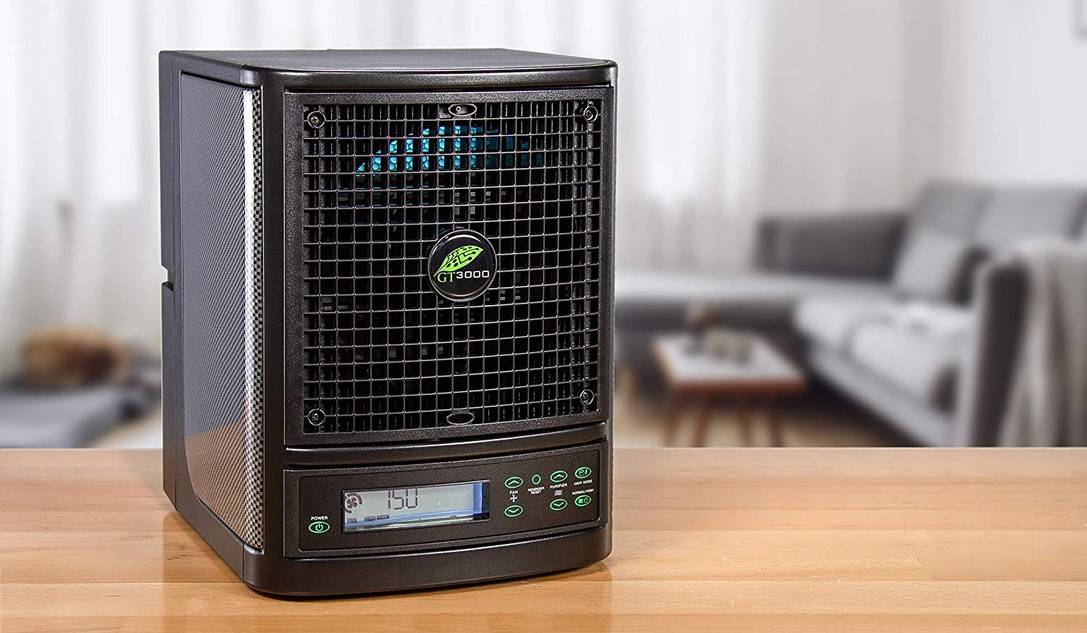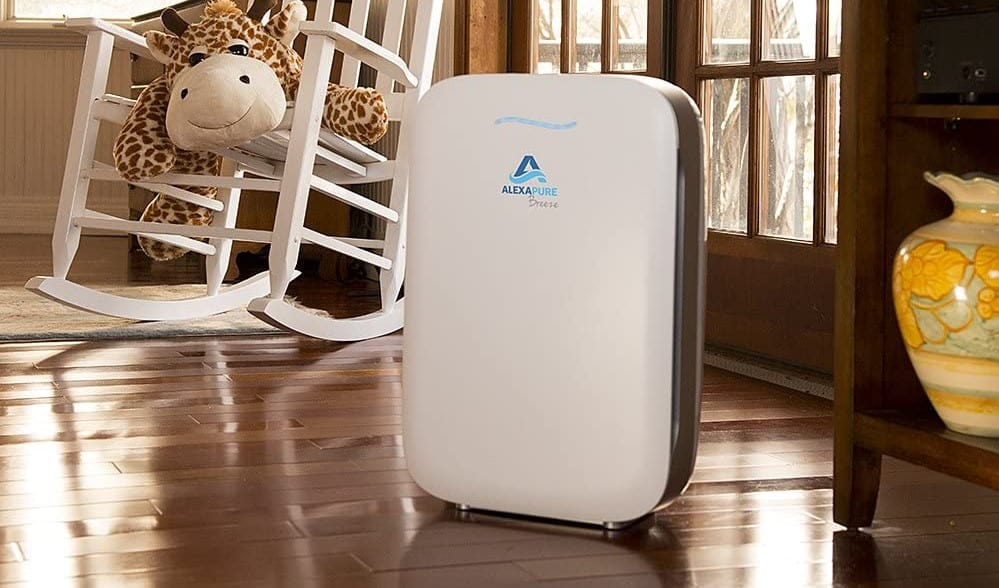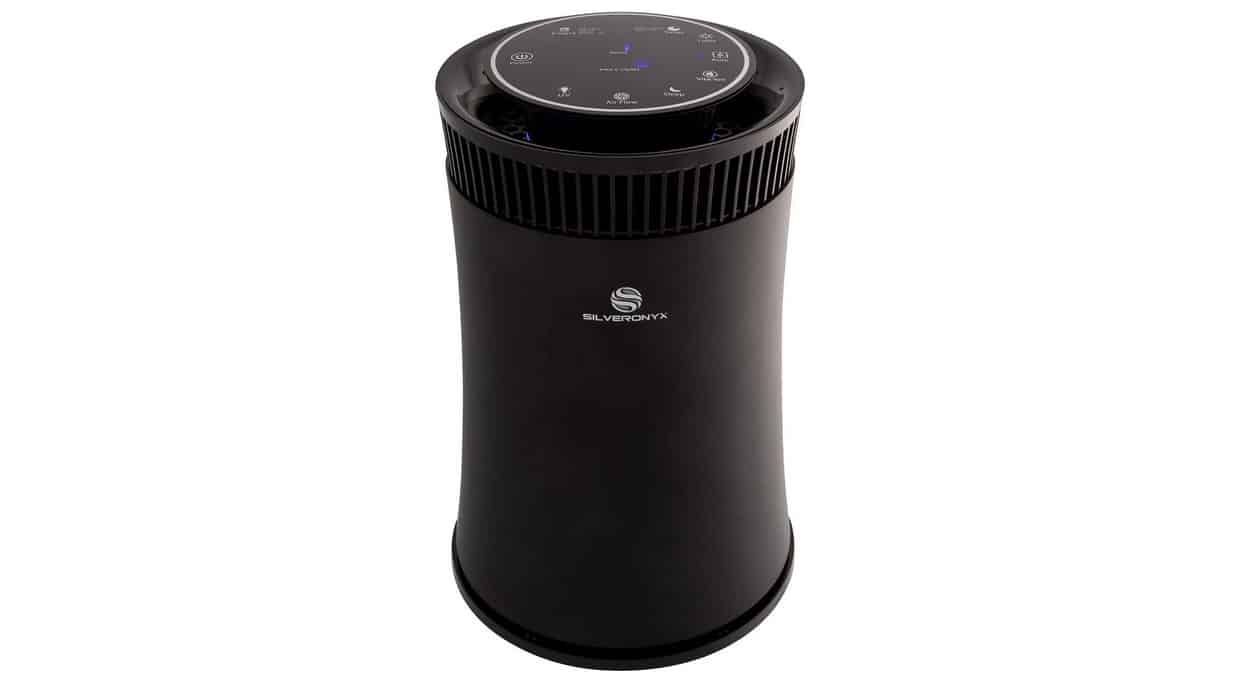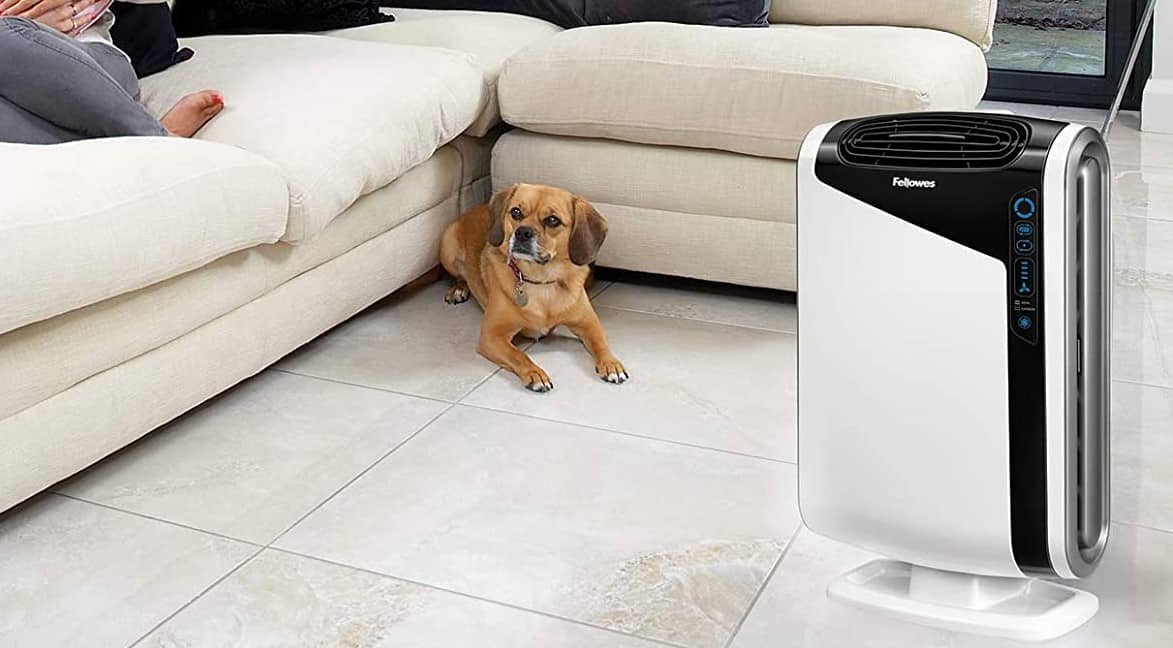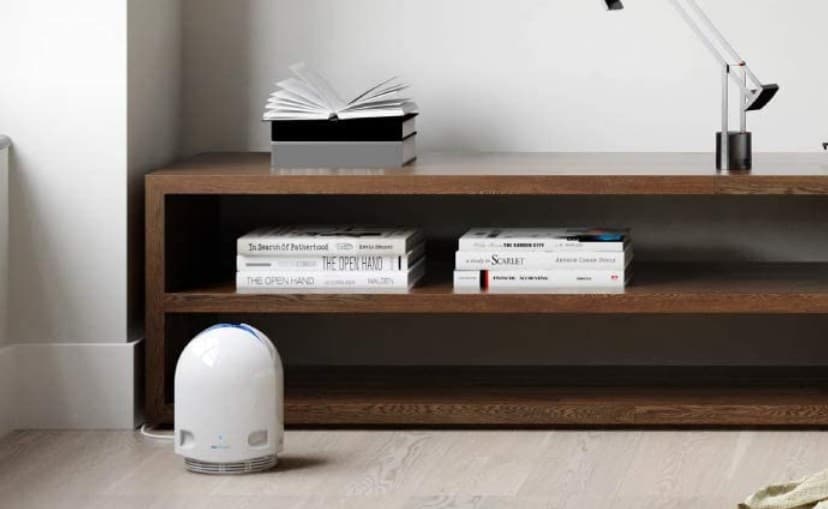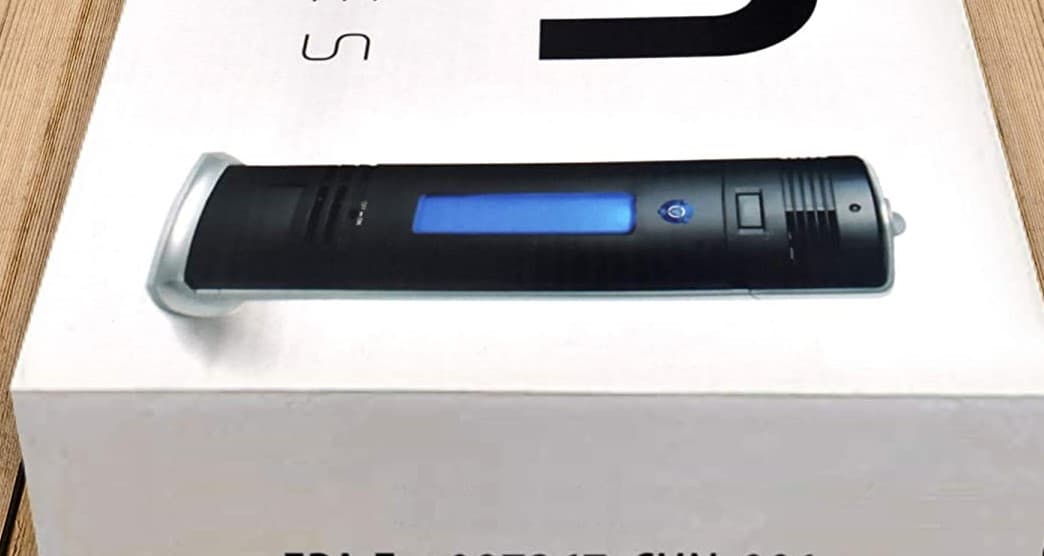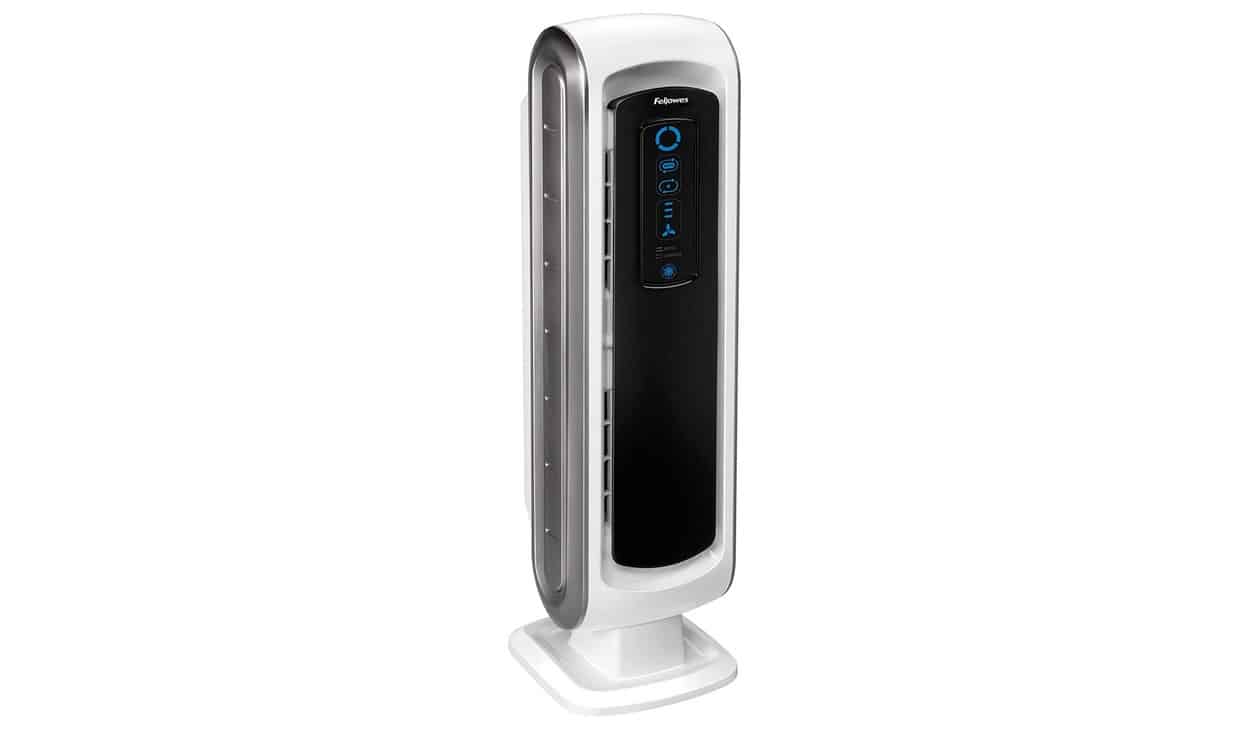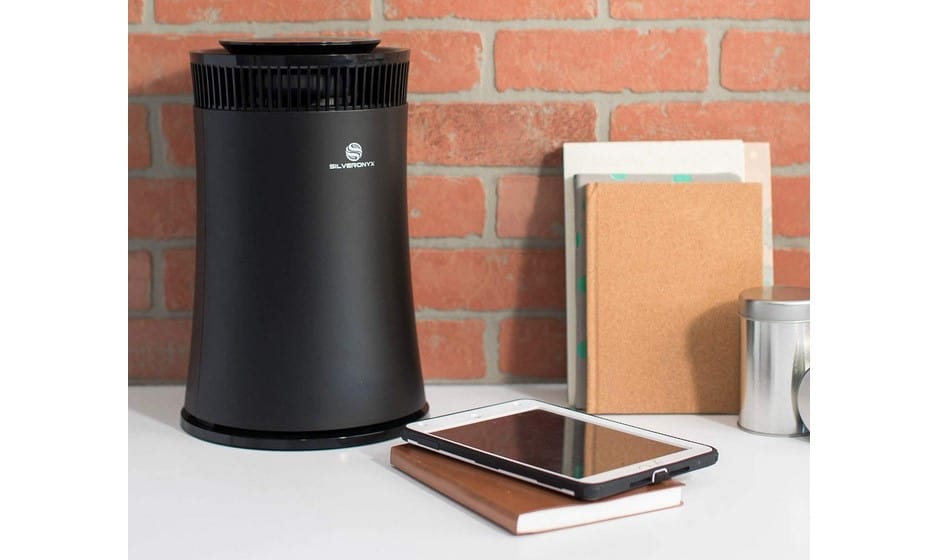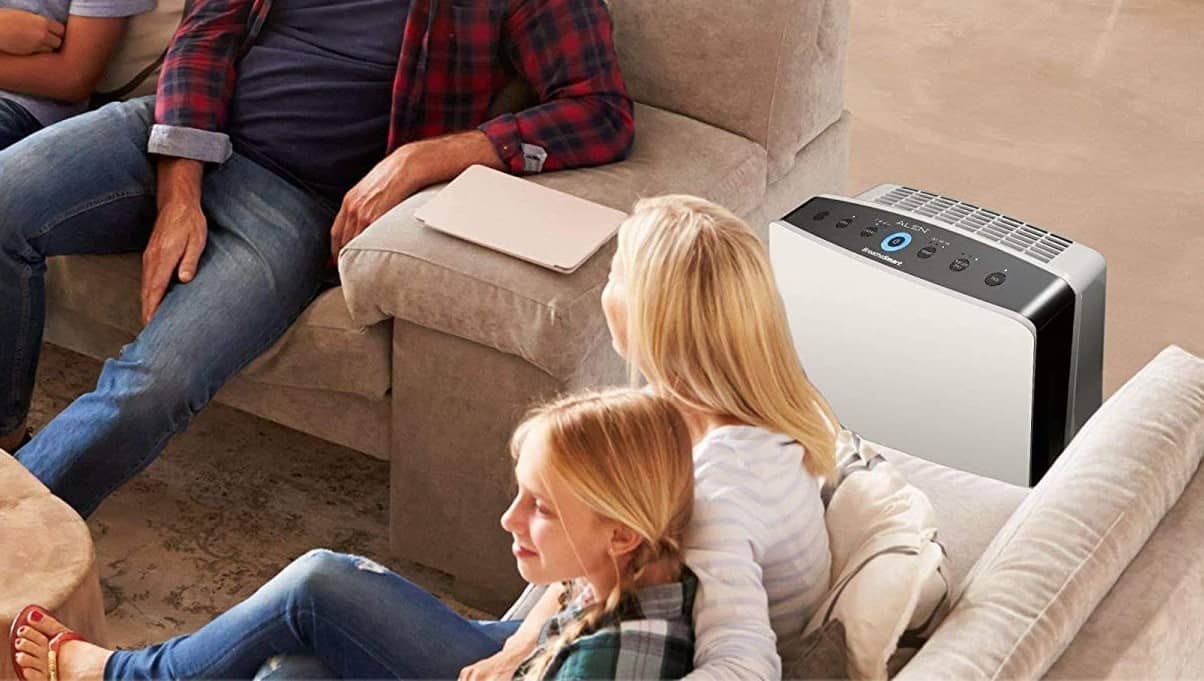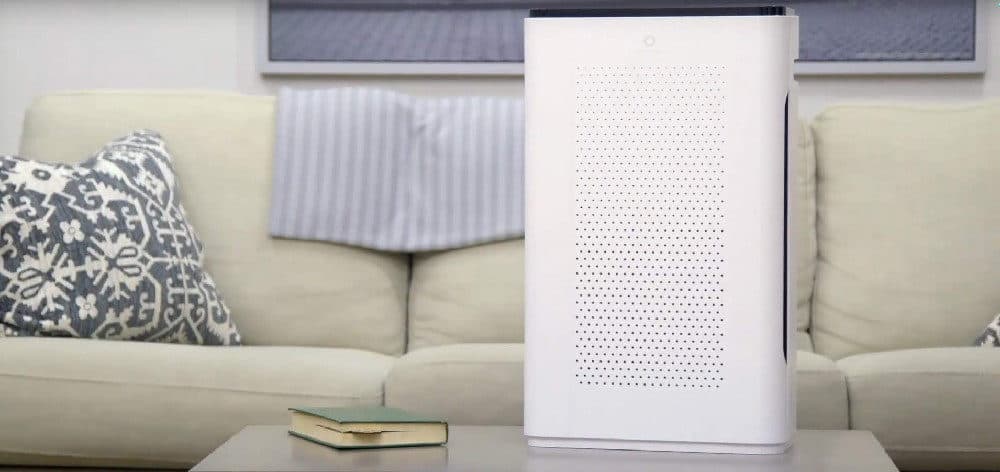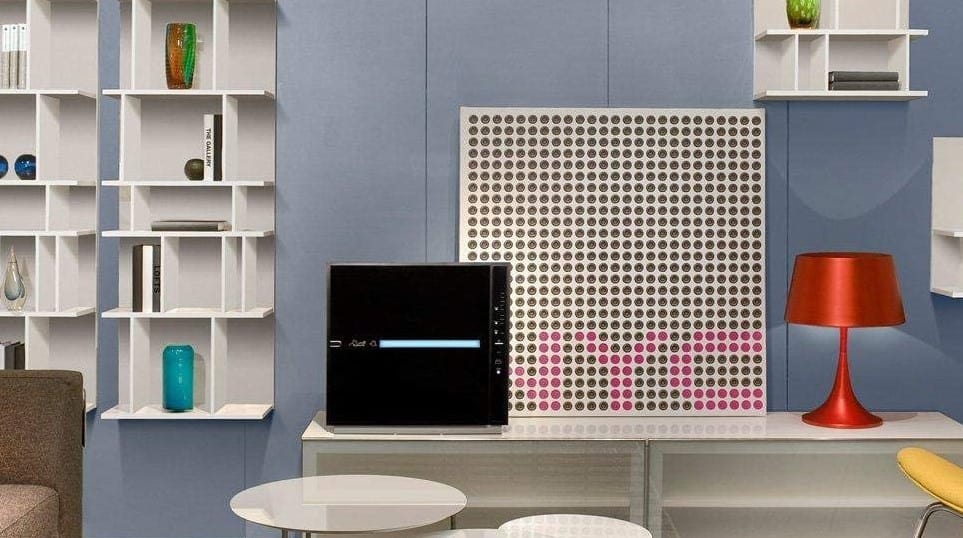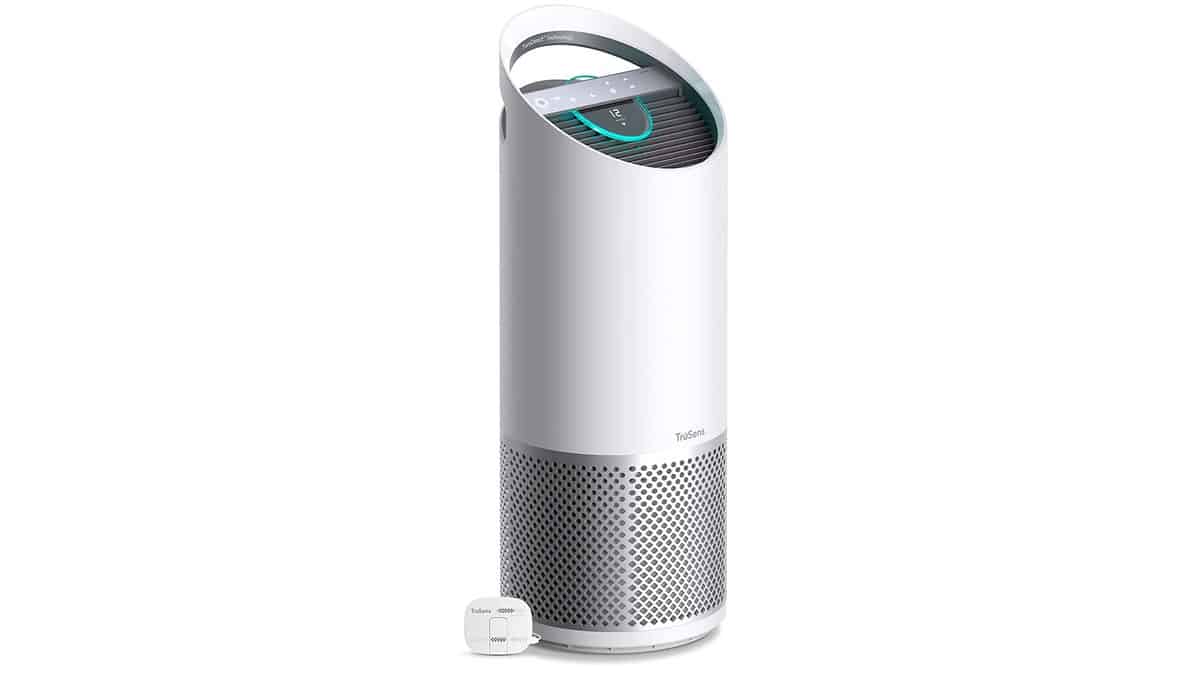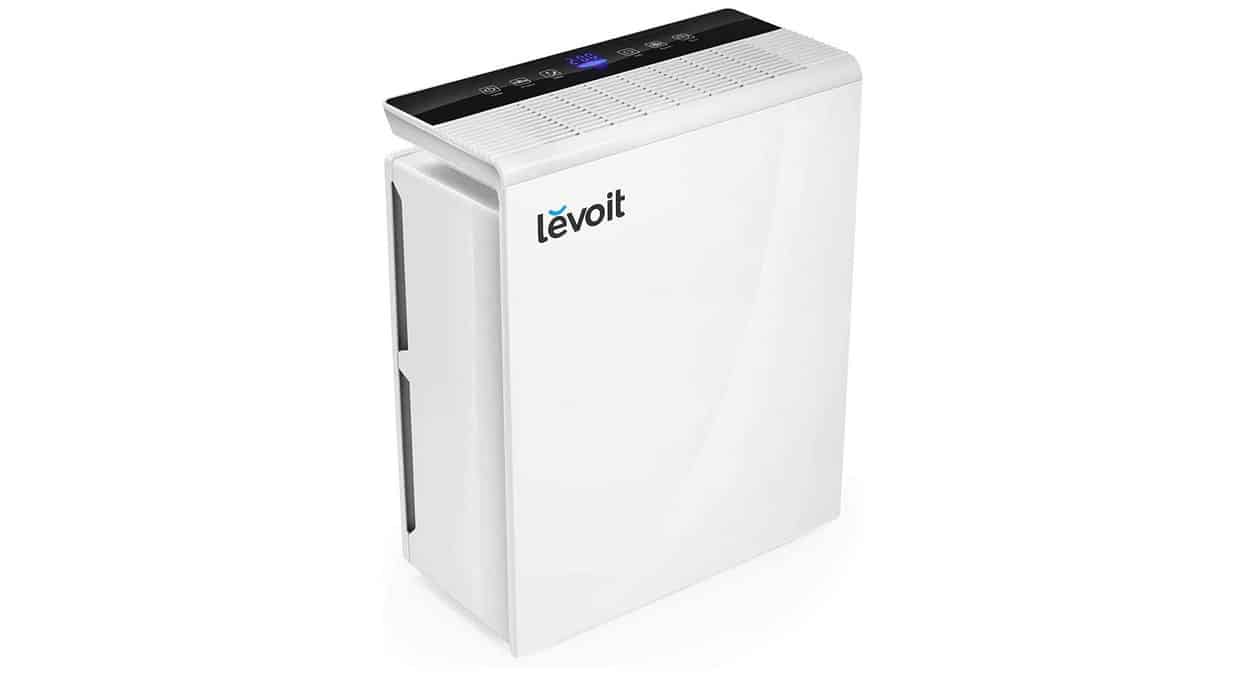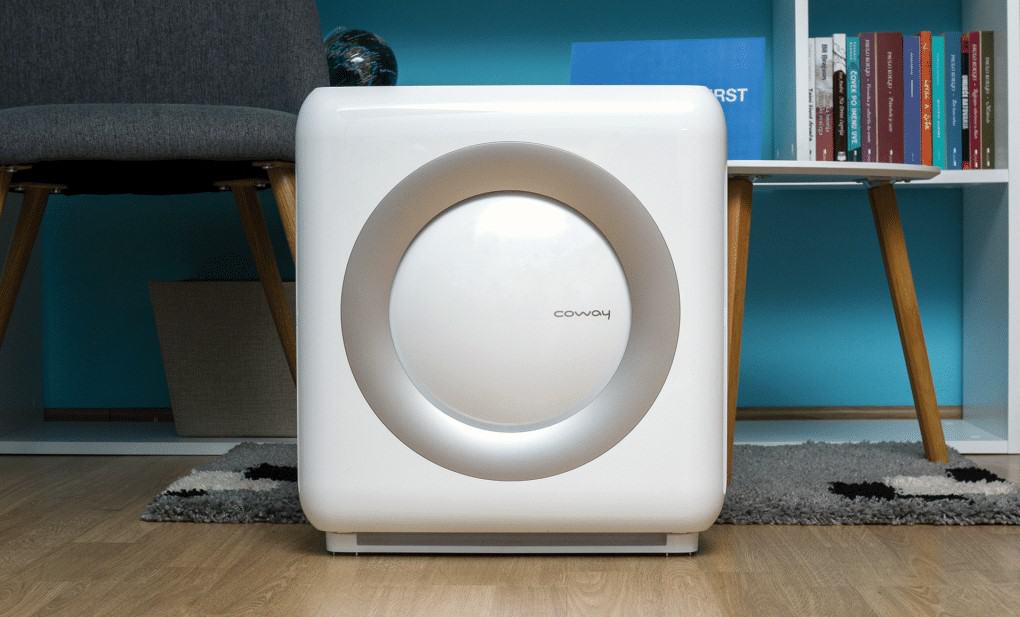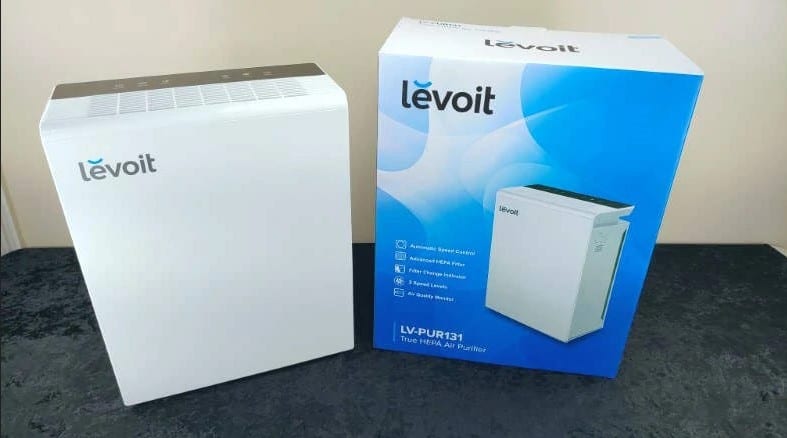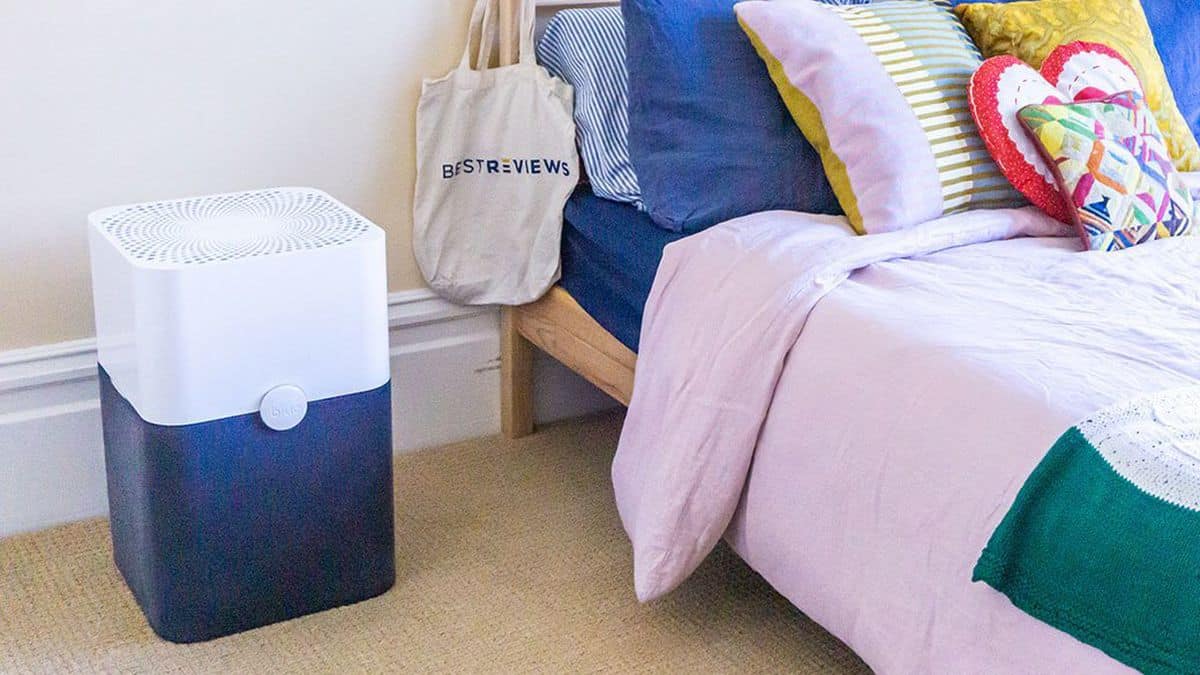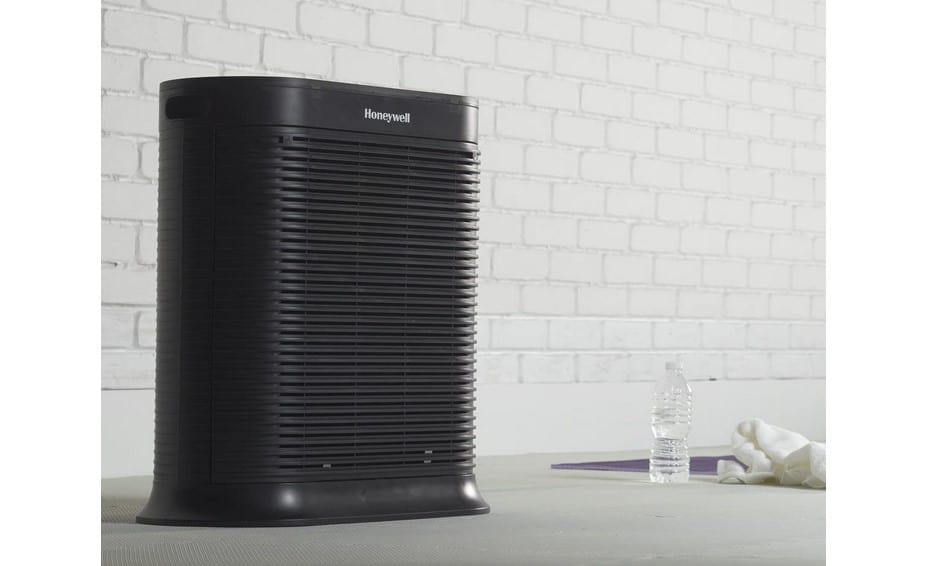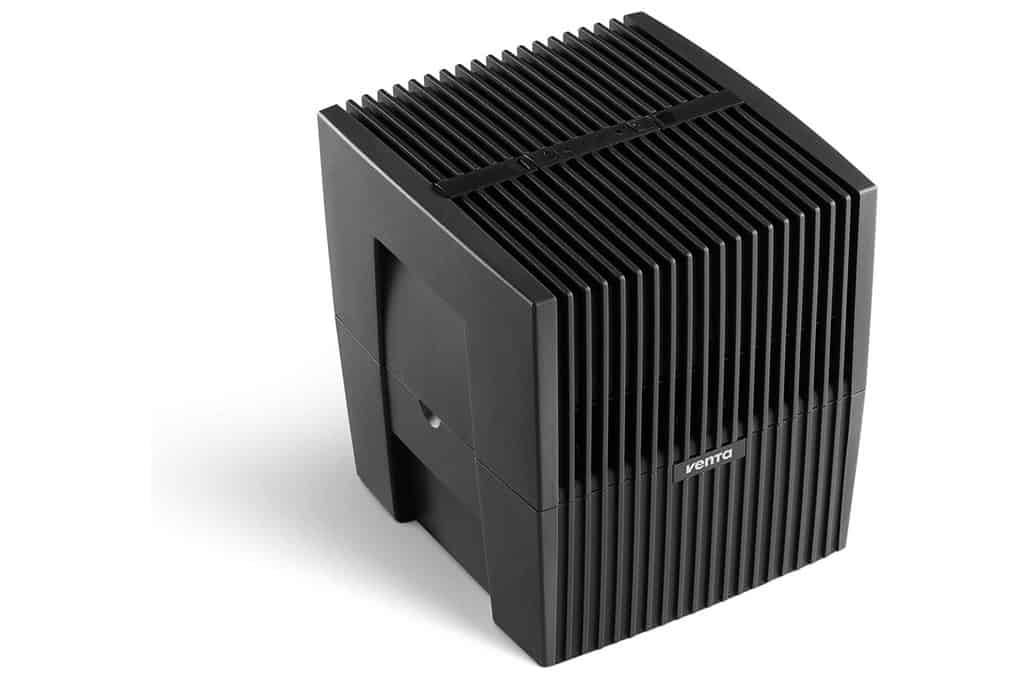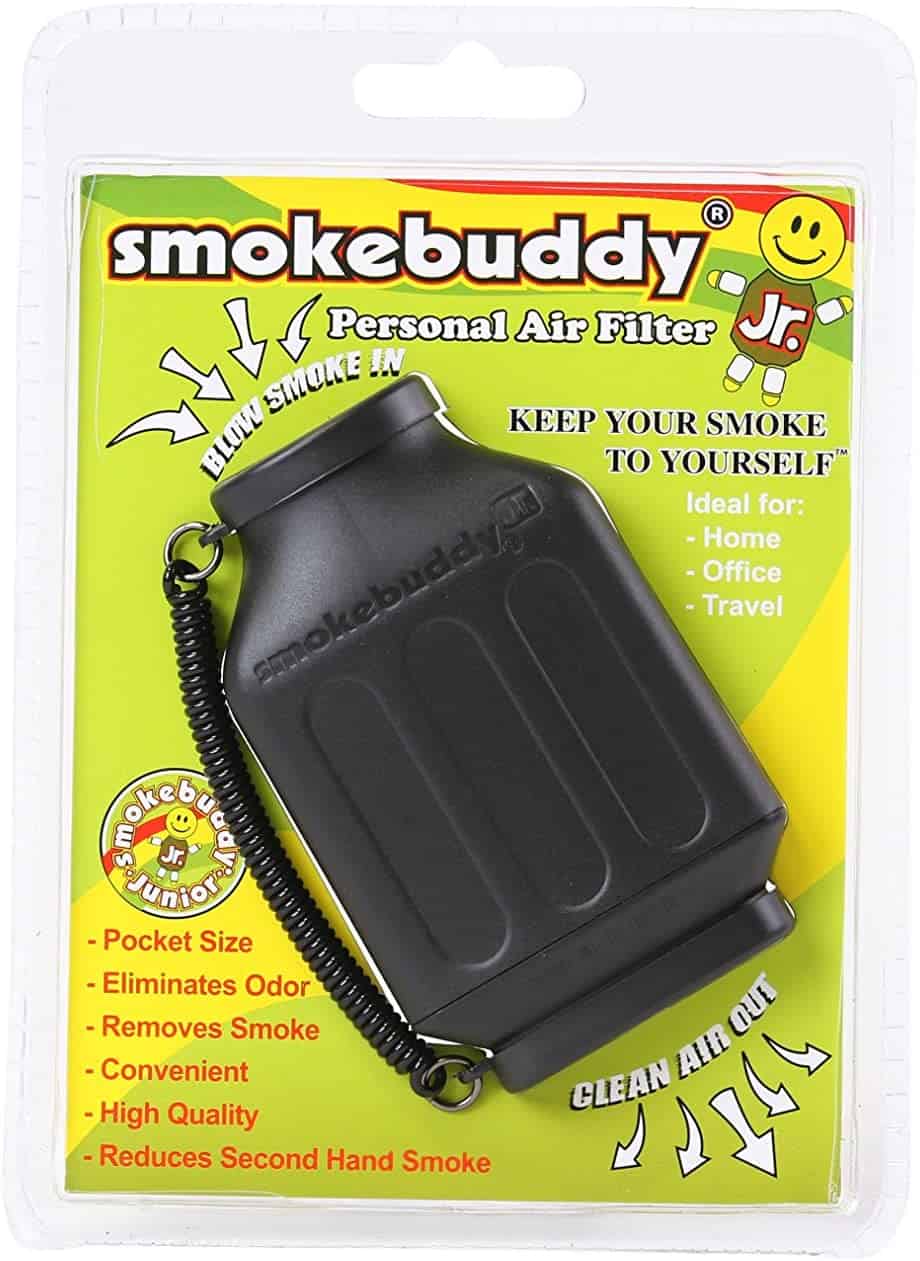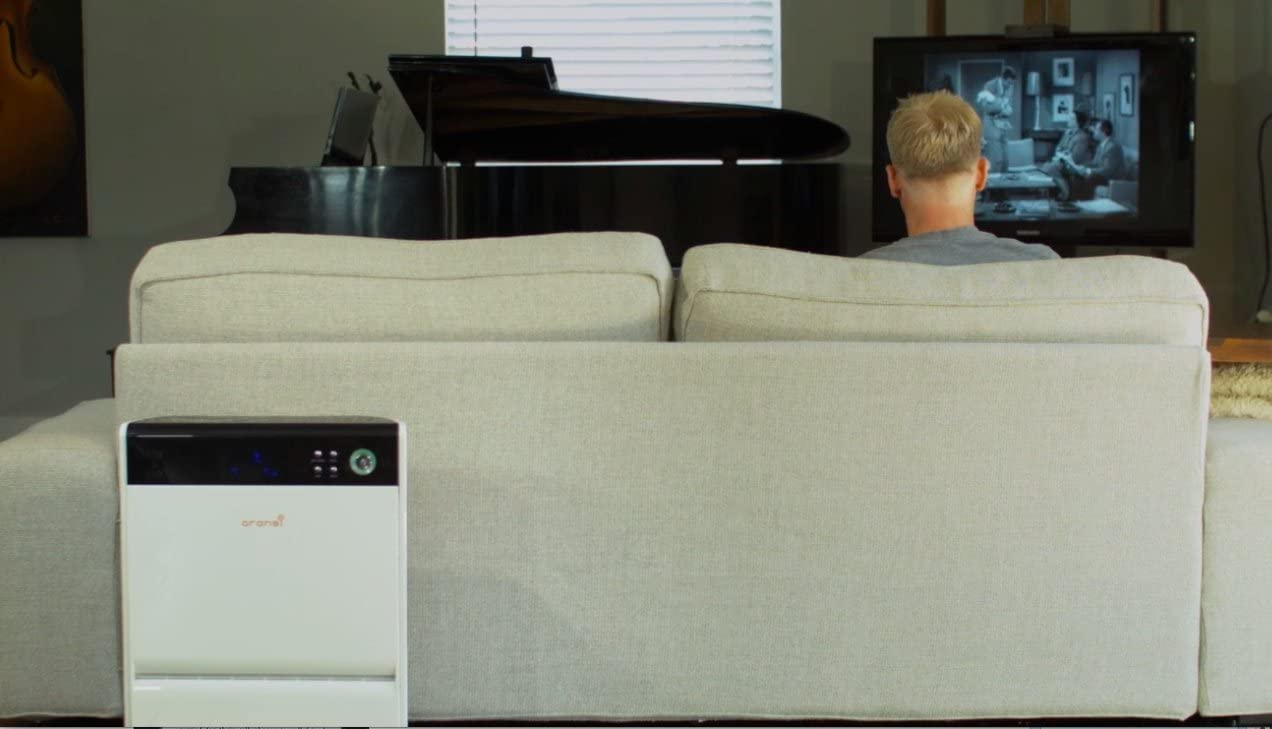If you are shopping for the best air purifier, you have likely noticed that a large majority of them feature HEPA air filters. Can these popular filters be cleaned?
KEY TAKEAWAYS:
- HEPA filters can remove more than 99 percent of airborne pollutants as long as they are above 0.3 microns in diameter.
- Most HEPA filters must be disposed of and replaced every six months to one year, though the length may vary depending on usage and related factors.
- Some HEPA filters can be cleaned by using a handheld vacuum on its lowest setting or by placing it under cold tap water.
What is a HEPA Filter?
HEPA stands for high-efficiency air particulate air filter. HEPA is more of an industry standard than an actual type, as they still come in various shapes and sizes. However, in order to be classified as being a true HEPA filter, it must be able to filtrate at least 99.97 percent of impurities from the air as long as they are above 0.3 microns in diameter.
HEPA filters are made from a large range of materials, including “coarse glass fibers, coated animal hair, vegetable fibers, synthetic fibers (such as polyester or nylon), synthetic foams, metallic wools, or expanded metals and foils,” according to the EPA. They’re great for homes and some models can even work in cars.
Insider Tip
In order to be classified as being a true HEPA filter, it must be able to filtrate at least 99.97 percent of impurities from the air as long as they are above 0.3 microns in diameter.
Can You Clean as HEPA Filter?
In most cases, you cannot clean a HEPA filter, due to the fragile materials they are comprised of. Instead, dispose of and replace a true HEPA filter once every six months to a year.
You can, however, clean your air purifier blades and clean your air purifier filter to assist in long-term maintenance.
How to Clean a HEPA Filter
There are instances in which a HEPA filter can be cleaned and reinserted instead of replaced. If the HEPA filter inside of your air purifier is specifically labeled as washable or permanent, then you should be able to clean it. Make sure you don’t need to replace it, otherwise your air purifier won’t help with flu and it won’t help with pet allergies either.
You should still exercise caution when cleaning. Below are some tips to consider.
Read the Instructions
If you have a HEPA filter that can be cleaned and reinserted, head to your air purifier’s instruction manual for details. Each of these washable HEPA filters may necessitate different cleaning processes, so you will want to make sure you do the right thing. Some filters can only be vacuumed, for instance, and not placed in or around water. The instructions should lay everything out for you. If it does not, feel free to contact the manufacturer for more details via email, a phone call, or through a social network.
Insider Tip
HEPA filters are made from a large range of materials, including “coarse glass fibers, coated animal hair, vegetable fibers, synthetic fibers (such as polyester or nylon), synthetic foams, metallic wools, or expanded metals and foils,” according to the EPA.
Vacuum Gently
You may be able to vacuum the exterior of a HEPA filter, though you should do so on a low setting in a gentle manner. We recommend using a handheld vacuum on its lowest setting to suck away obvious dirt and debris. Do not overdo it. Give it a single pass and then reinsert it back into the air purifier. If you vacuum a HEPA filter too harshly, it will damage the internal layers and it will not purify air properly.
Use Cold Water
A washable HEPA filter should be washed under a gentle stream of cold water for 30 seconds or so. Take great care to avoid touching any of the filter fibers, as that could cause unnecessary damage. Once you are satisfied that the filter has been thoroughly washed, leave it out to dry for 30 minutes or so before placing it back into the air purifier. Some HEPA filters will have to be left out to dry for 24 hours or more, so read the instructions for details. Do not use a blowdryer on the filter or leave it out in the sun to dry, as both of these steps could cause damage.
Wear a Mask
The HEPA filter is what traps all of the various impurities from the air. In other words, you will want to avoid breathing in anything that has become stuck inside this filter. You can protect yourself by wearing a good mask as you clean. Even splashing a HEPA filter with water could dislodge and pollutants into the atmosphere. You should wear a mask whenever you are handling a used HEPA filter, even when you are simply disposing of it.
Warning
In most cases, you cannot clean a HEPA filter, due to the fragile materials they are comprised of.
F.A.Q.
Why might cleaning a HEPA filter be a bad idea?
The HEPA filter is what holds all of the filtered pollutants that have been collected. Cleaning it can dislodge these air particles and could also damage the filter itself.
What’s the vacuum doing to the HEPA filter?
A vacuum can easily damage a HEPA filter, as the air suction will force the filter’s fibers into awkward positions, breaking the theme in many cases.
Is there any filter better than HEPA?
HEPA is the current industry standard, though “better” may simply be a matter of perspective. HEPA filters are not that great at removing volatile organic compounds (VOCs), for instance, as they tend to be smaller than 0.3 microns in diameter.
STAT: A HEPA filter consists of tightly woven fibers, and washing or scrubbing it is likely to affect the condition of the fibers, which in turn makes the filter less effective at cleaning 99%+ of microscopic particles. (source)

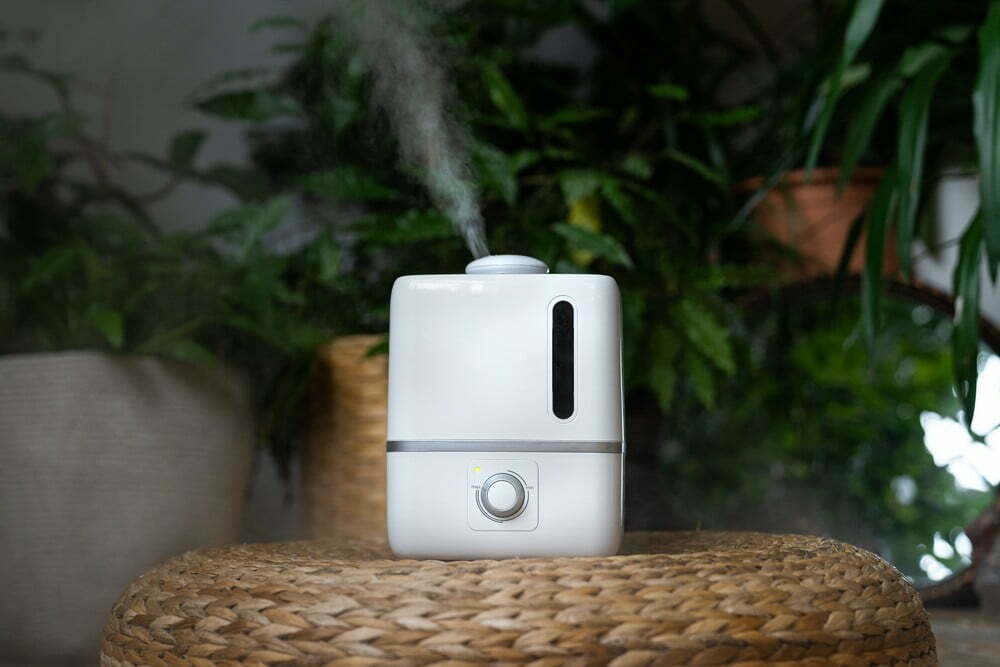













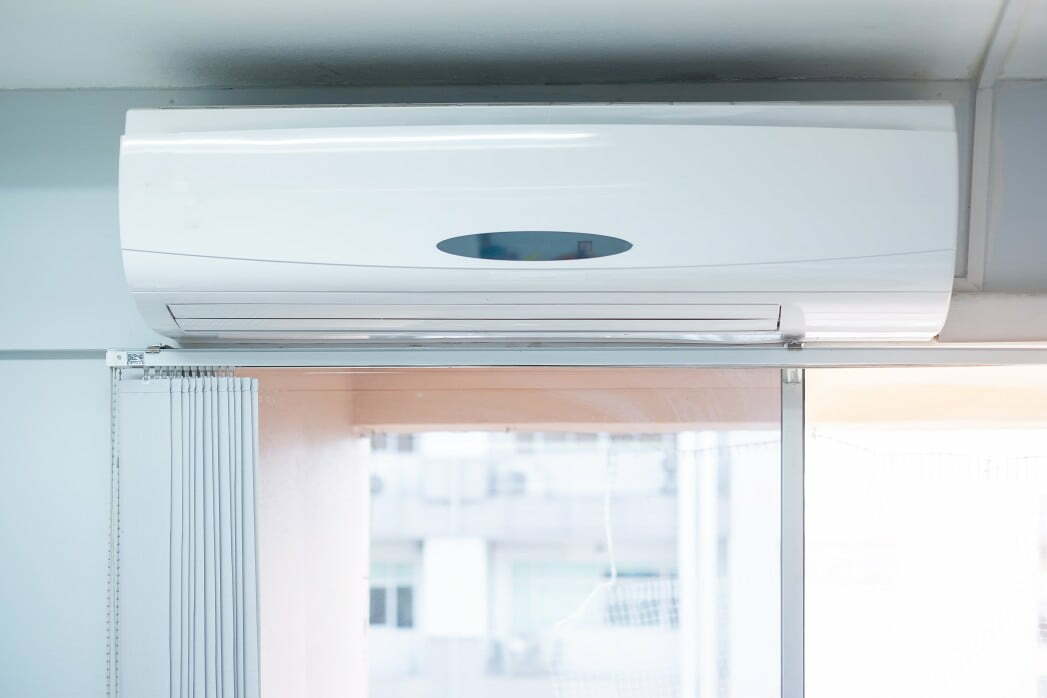
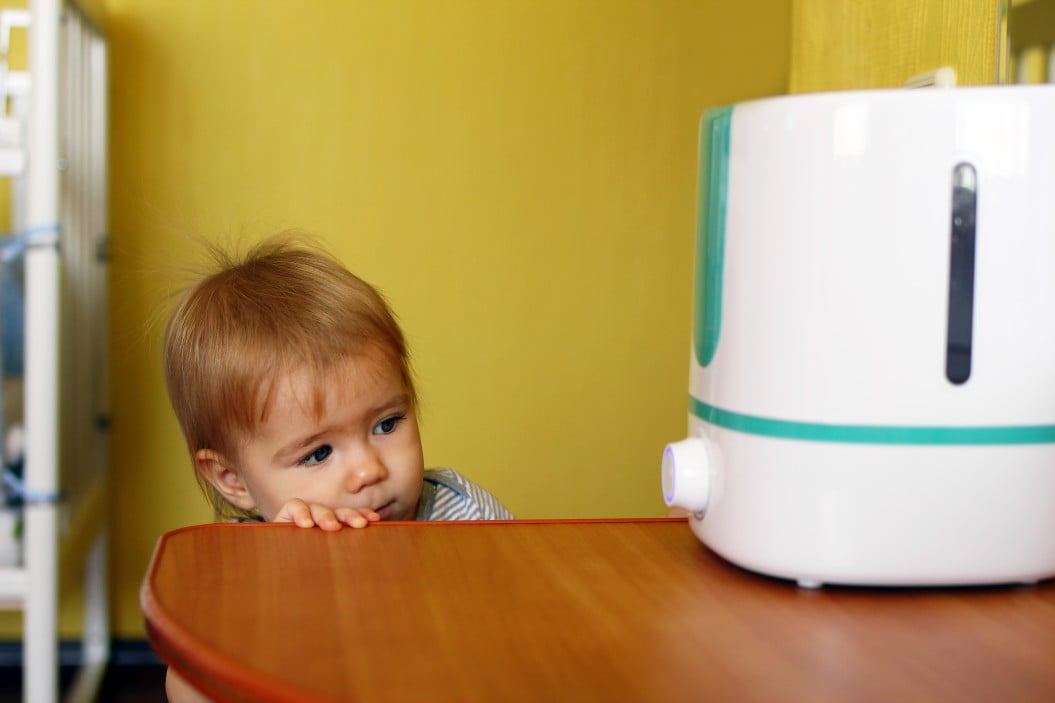
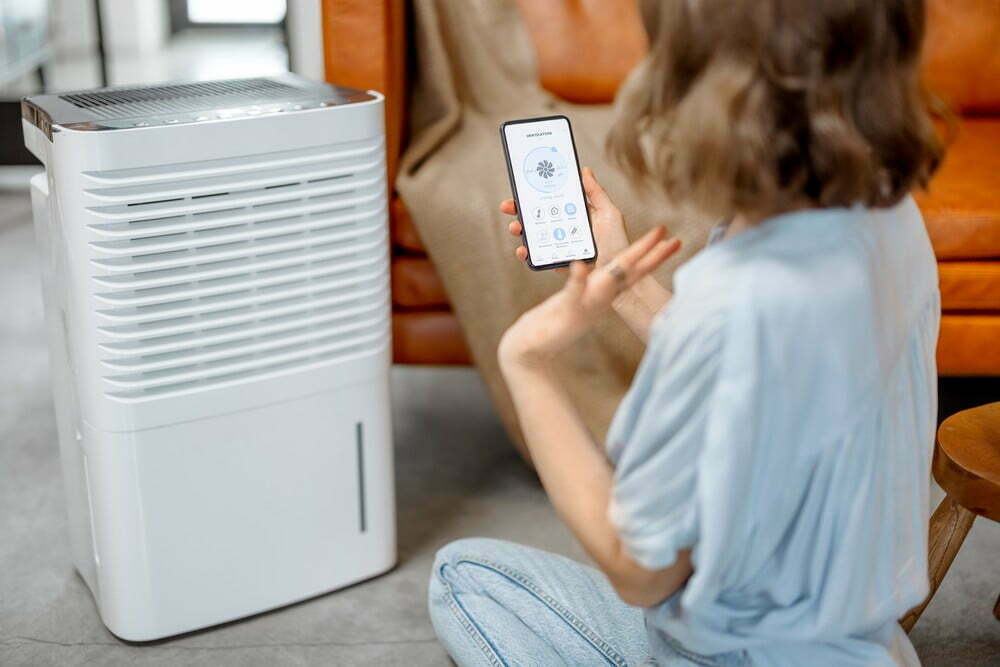
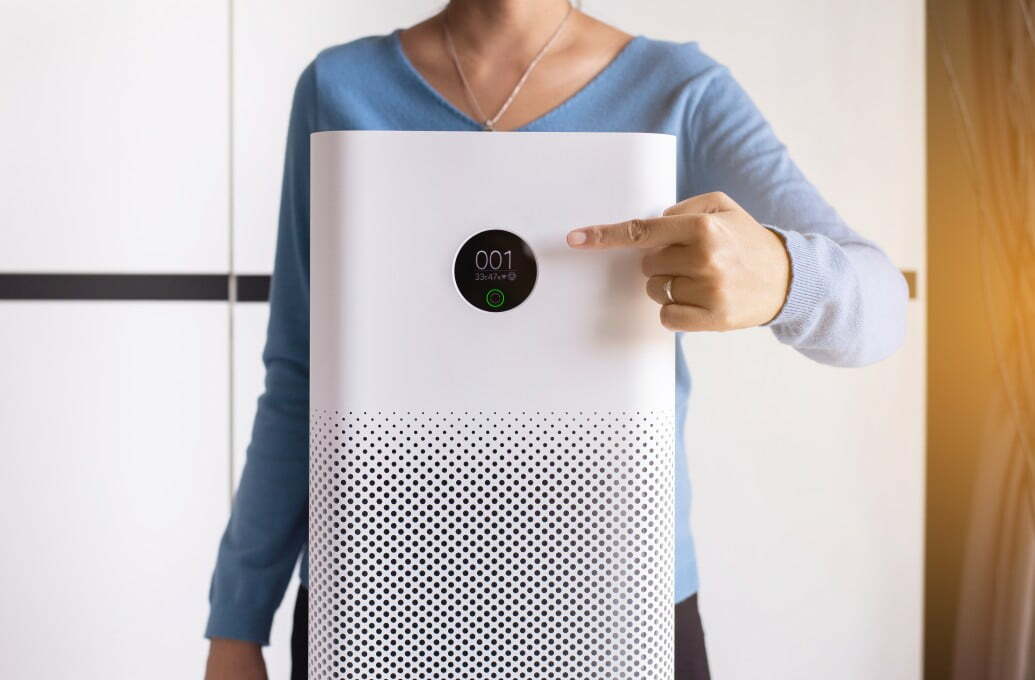
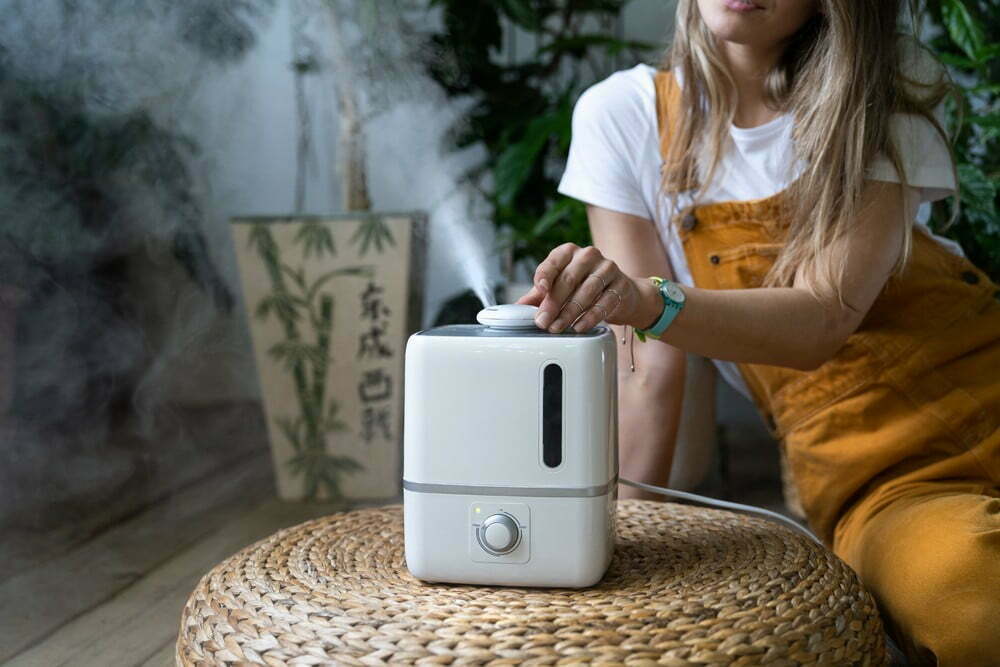
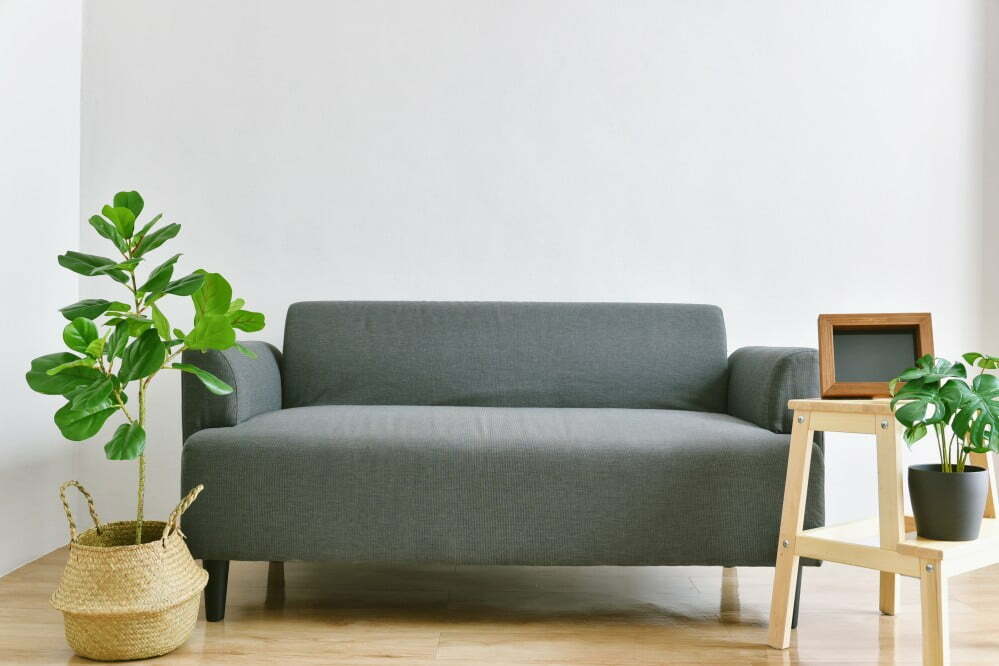
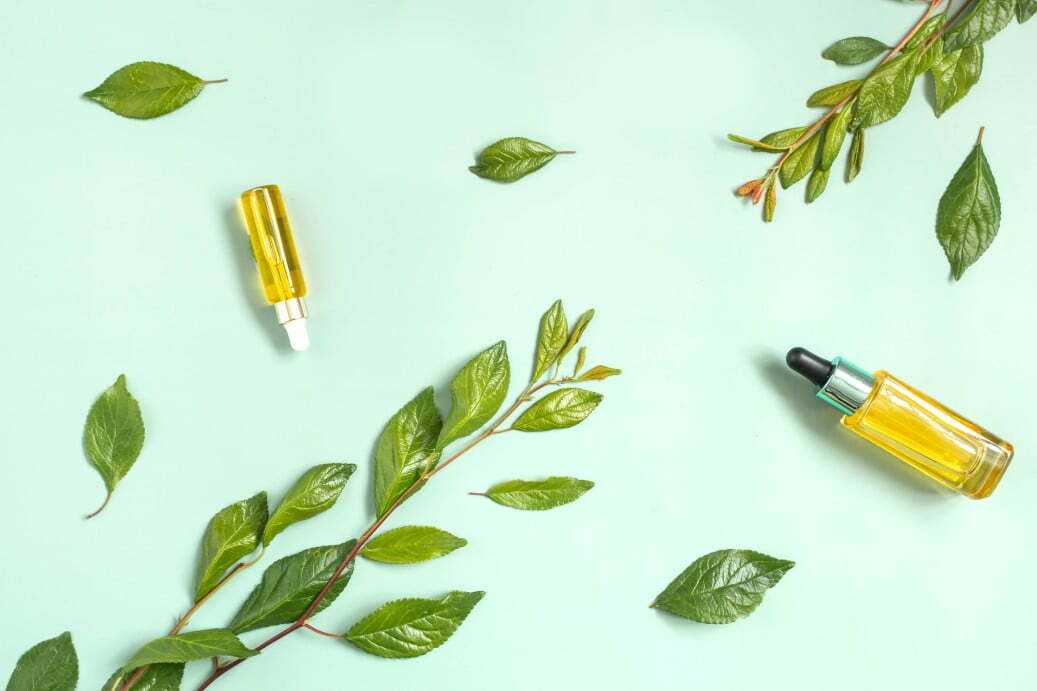
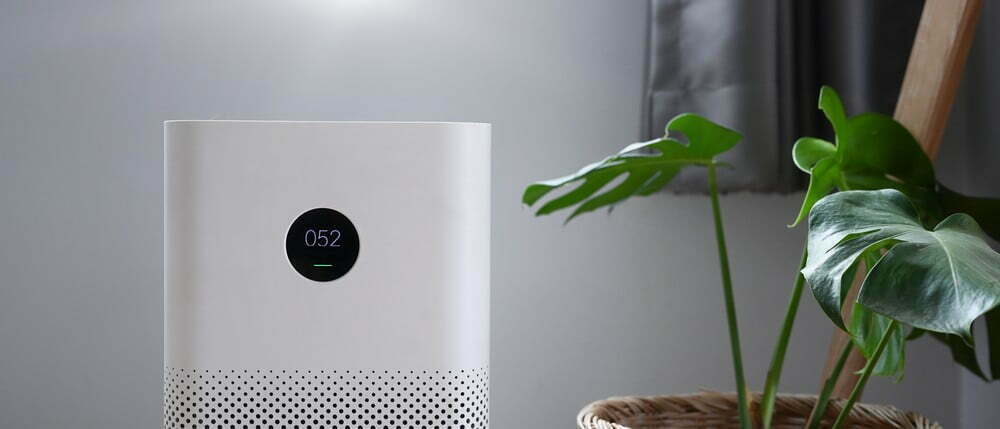
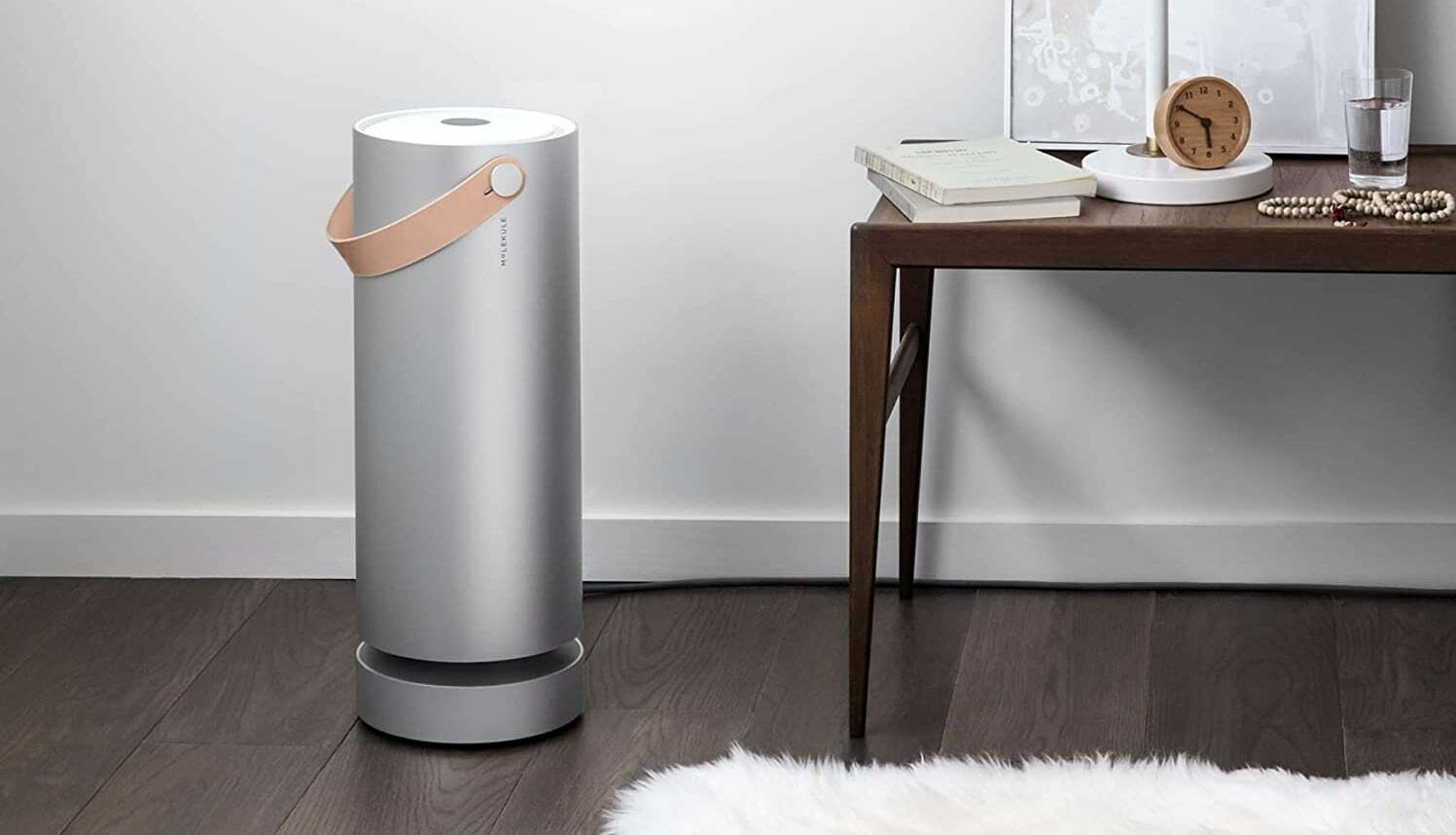
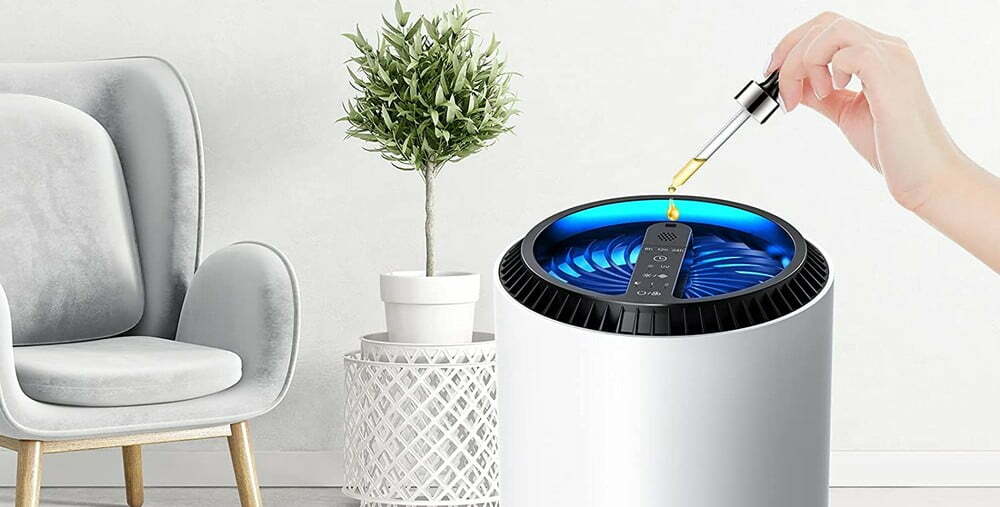
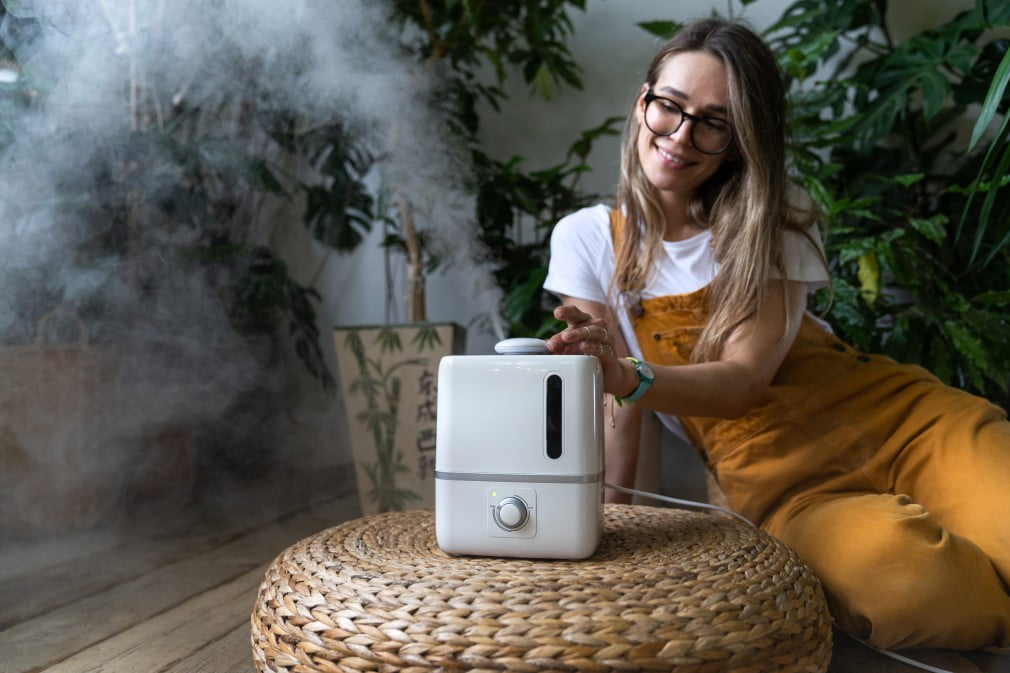
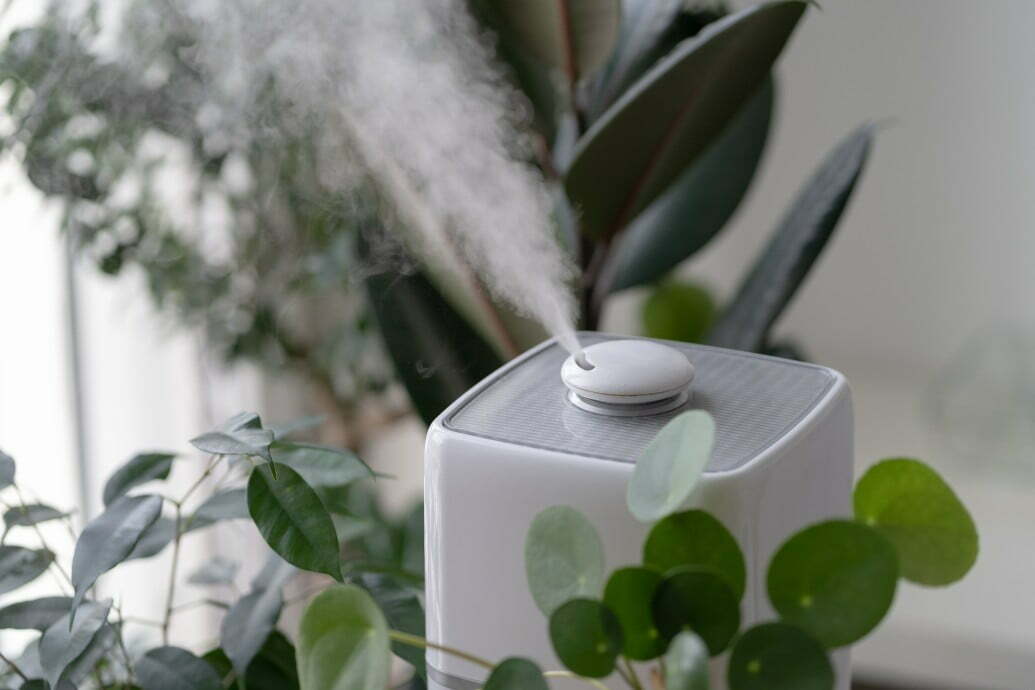
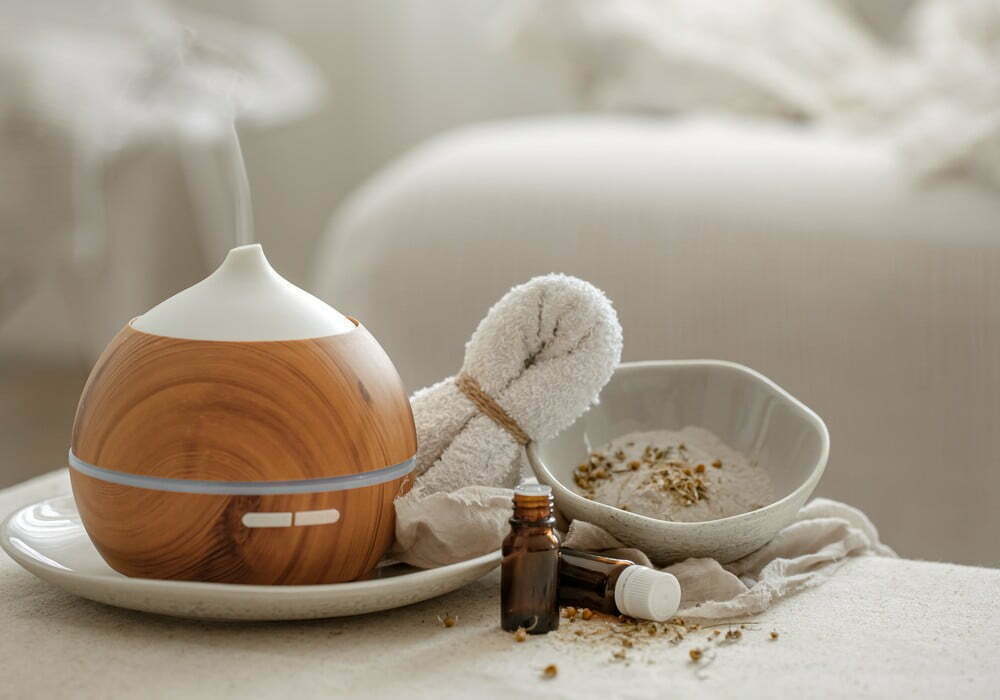
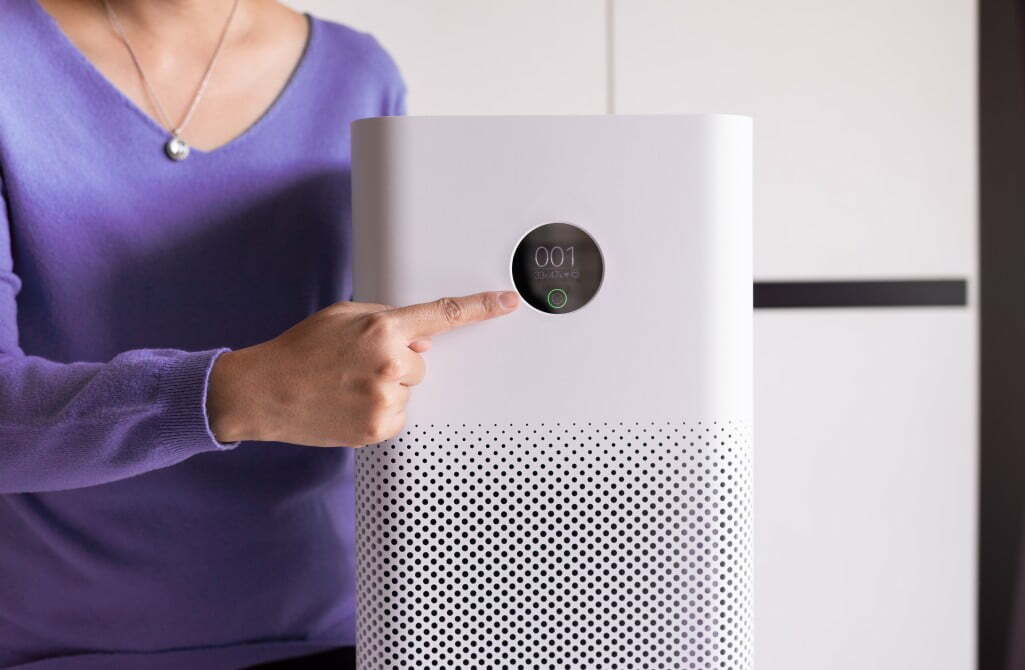
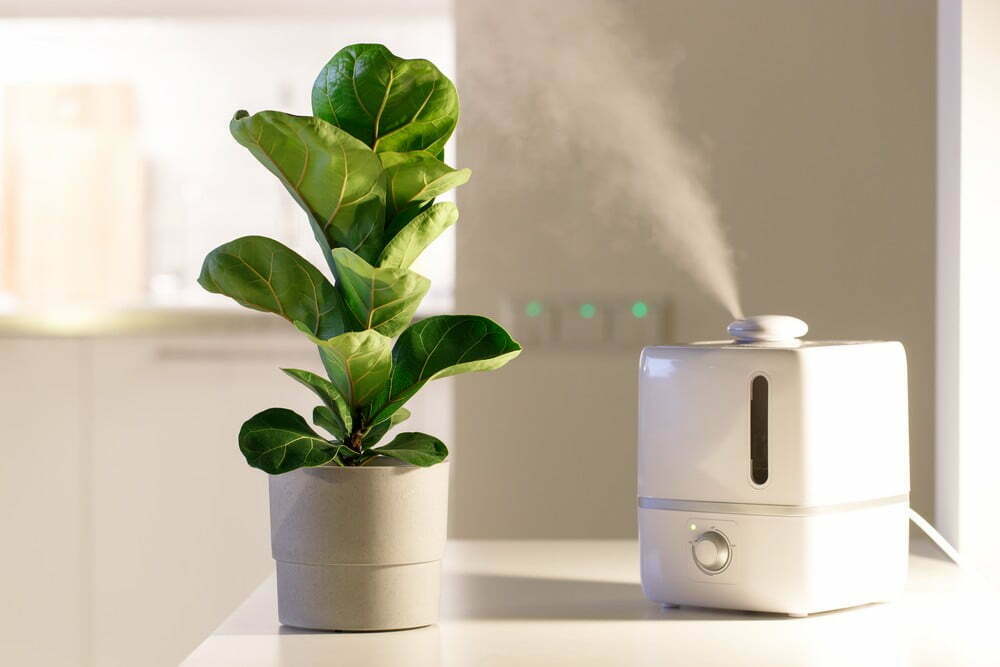
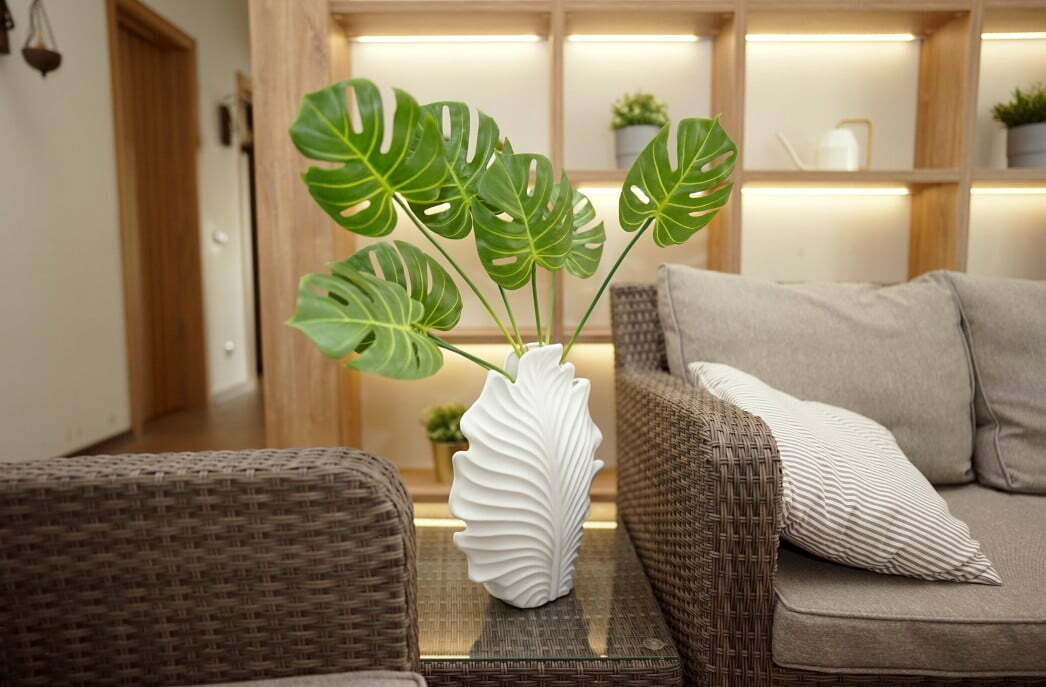
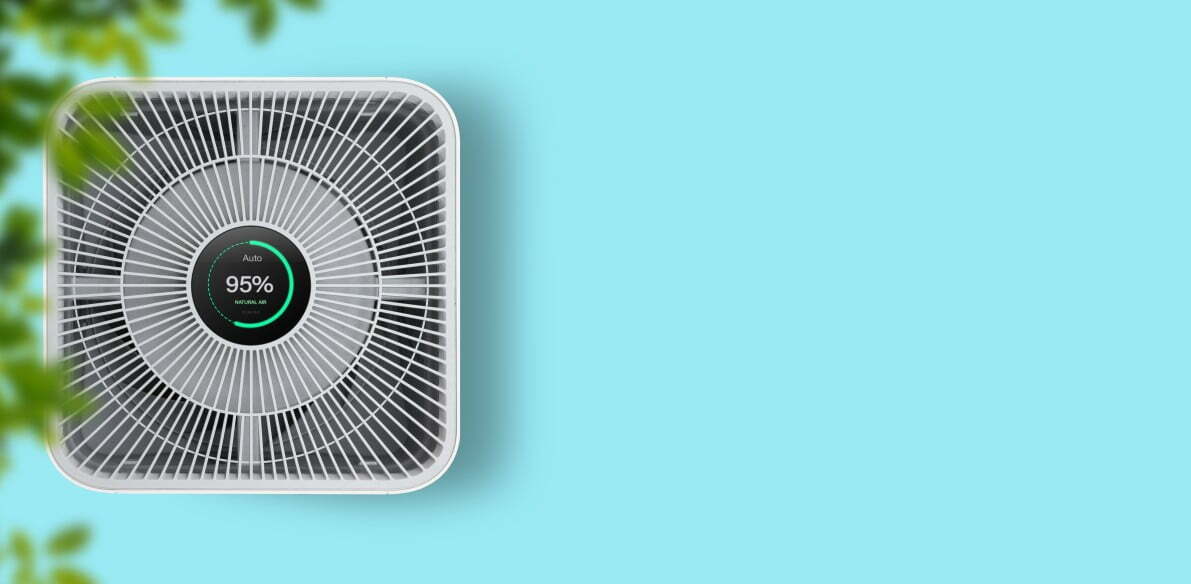
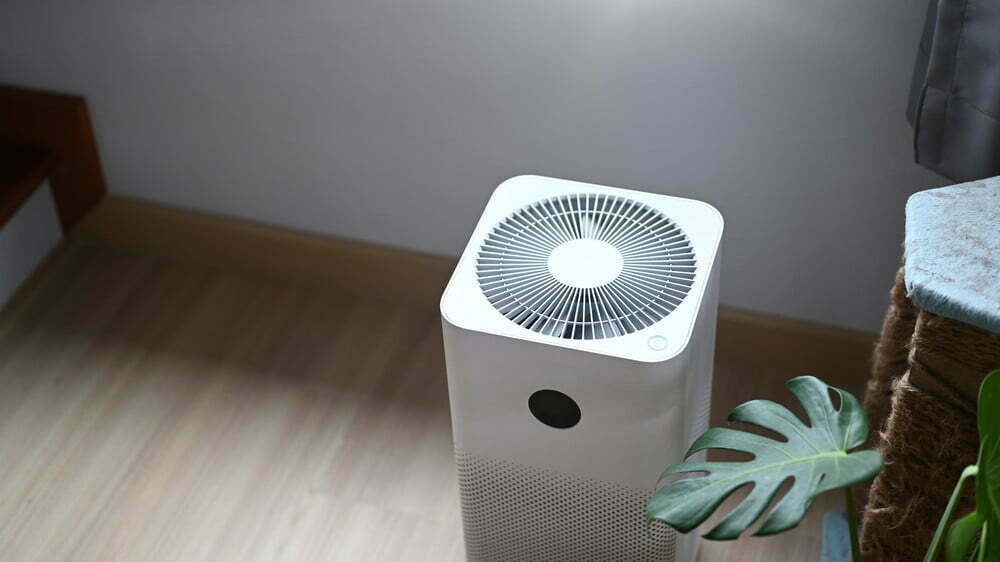
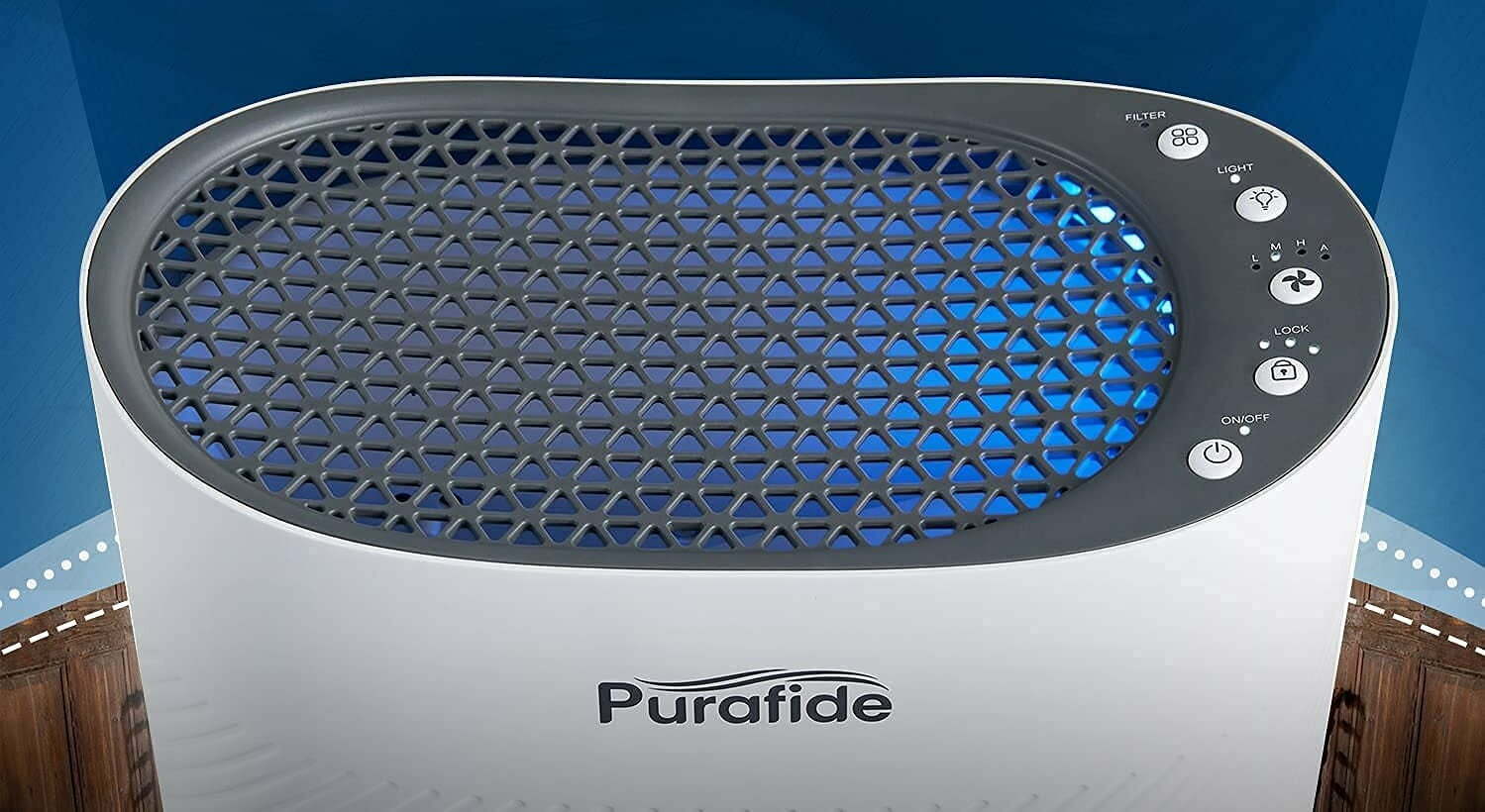
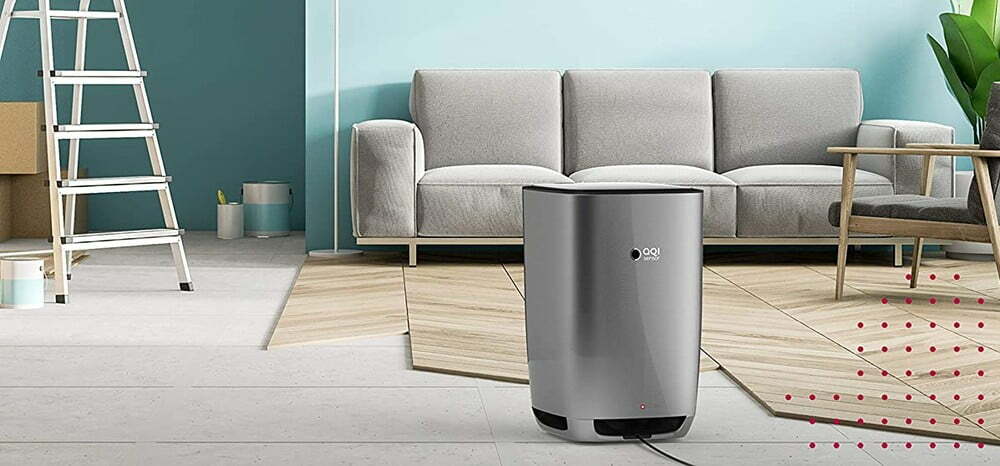
![Best Air Purifiers for VOCs and Formaldehyde in [year] 27 Best Air Purifiers for VOCs and Formaldehyde in 2026](https://www.gadgetreview.dev/wp-content/uploads/best-air-purifier-for-vocs-and-formaldehyde-image.jpg)
![Best Air Purifier in [year] ([month] Reviews) 28 Best Air Purifier in 2026 (January Reviews)](https://www.gadgetreview.dev/wp-content/uploads/Honeywell-True-HEPA-Allergen-Remover-HPA300-e1475603569442.jpg)
![Best Air Purifiers for Dust in [year] 29 Best Air Purifiers for Dust in 2026](https://www.gadgetreview.dev/wp-content/uploads/best-air-purifier-for-dust-image.jpg)
![Best Honeywell Air Purifiers in [year] 30 Best Honeywell Air Purifiers in 2026](https://www.gadgetreview.dev/wp-content/uploads/best-honeywell-air-purifier-image.jpg)
![Best Germicidal Air Purifiers in [year] 31 Best Germicidal Air Purifiers in 2026](https://www.gadgetreview.dev/wp-content/uploads/best-germicidal-air-purifier-image.jpg)
![Best Filterless Air Purifiers in [year] 32 Best Filterless Air Purifiers in 2026](https://www.gadgetreview.dev/wp-content/uploads/best-filterless-air-purifier-image.jpg)
![Best Levoit Air Purifiers in [year] 33 Best Levoit Air Purifiers in 2026](https://www.gadgetreview.dev/wp-content/uploads/best-levoit-air-purifier-image.jpg)
![Best Air Purifiers for Smoking Weed in [year] 34 Best Air Purifiers for Smoking Weed in 2026](https://www.gadgetreview.dev/wp-content/uploads/best-air-purifier-for-smoking-weed-image.jpg)
![Best Quiet Air Purifiers in [year] 35 Best Quiet Air Purifiers in 2026](https://www.gadgetreview.dev/wp-content/uploads/best-quiet-air-purifier-image.jpg)
![Best Desktop Air Purifiers in [year] 36 Best Desktop Air Purifiers in 2026](https://www.gadgetreview.dev/wp-content/uploads/best-desktop-air-purifier.jpg)
![Best Dyson Air Purifiers in [year] 37 Best Dyson Air Purifiers in 2026](https://www.gadgetreview.dev/wp-content/uploads/best-dyson-air-purifier.jpg)
![Best Air Purifiers for Dorm Room in [year] 38 Best Air Purifiers for Dorm Room in 2026](https://www.gadgetreview.dev/wp-content/uploads/air-purifier-for-dorm-room-1.jpg)
![Best Air Purifiers for Office in [year] 39 Best Air Purifiers for Office in 2026](https://www.gadgetreview.dev/wp-content/uploads/best-air-purifier-for-office.jpg)
![Best Air Purifiers for Basement in [year] 40 Best Air Purifiers for Basement in 2026](https://www.gadgetreview.dev/wp-content/uploads/best-air-purifier-for-basement.jpg)
![Best Air Purifiers For Odor in [year] 41 Best Air Purifiers For Odor in 2026](https://www.gadgetreview.dev/wp-content/uploads/best-air-purifier-odor.jpg)
![10 Best Personal Air Purifiers in [year] 42 10 Best Personal Air Purifiers in 2026](https://www.gadgetreview.dev/wp-content/uploads/best-personal-air-purifiers.jpg)
![10 Best Plug In Air Purifiers in [year] 43 10 Best Plug In Air Purifiers in 2026](https://www.gadgetreview.dev/wp-content/uploads/best-plug-in-air-purifier-image.jpg)
![10 Best Whole House Air Purifiers in [year] 44 10 Best Whole House Air Purifiers in 2026](https://www.gadgetreview.dev/wp-content/uploads/best-whole-house-air-purifier-image.jpg)
![10 Best Large Room Air Purifiers in [year] 45 10 Best Large Room Air Purifiers in 2026](https://www.gadgetreview.dev/wp-content/uploads/Coway-Airmega-200M-Large-Room-Air-Purifier-900x900-1.png)
![10 Best UV Air Purifiers in [year] 46 10 Best UV Air Purifiers in 2026](https://www.gadgetreview.dev/wp-content/uploads/best-uv-air-purifier.jpg)
